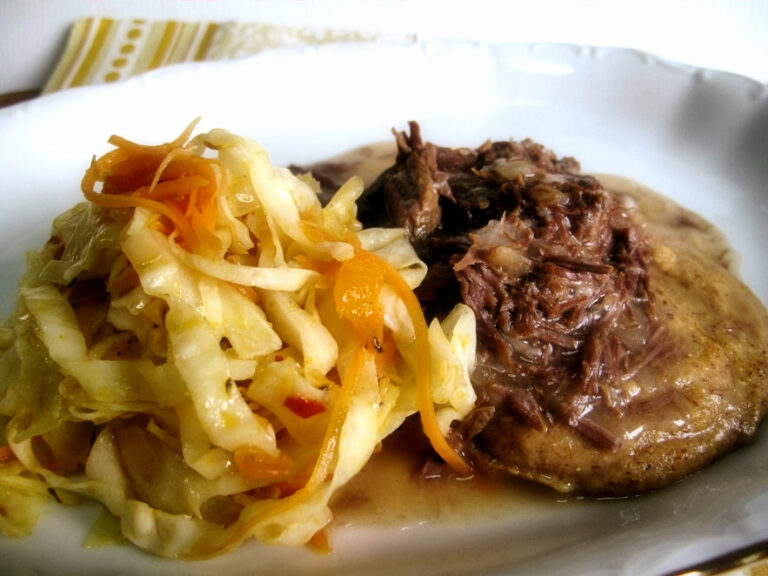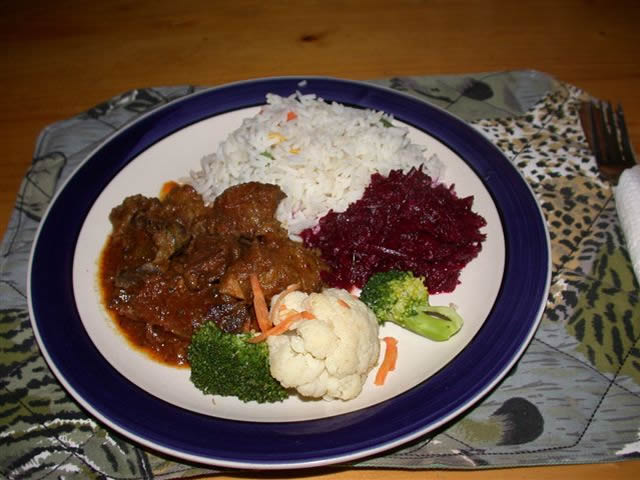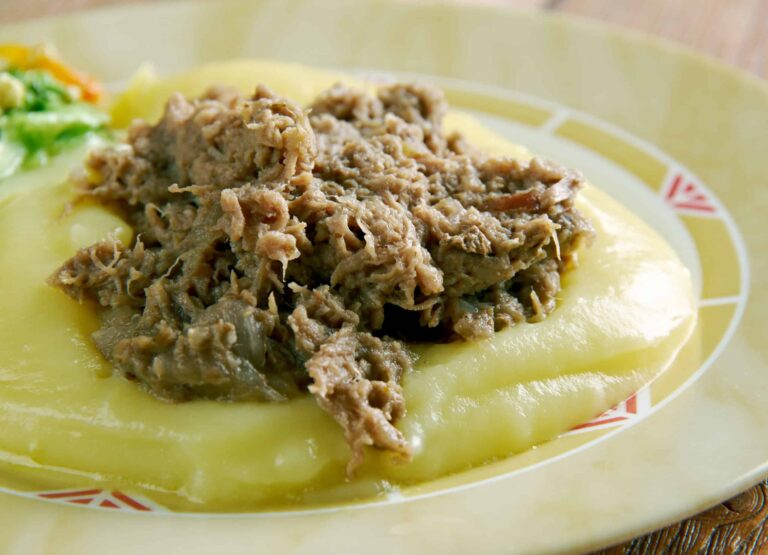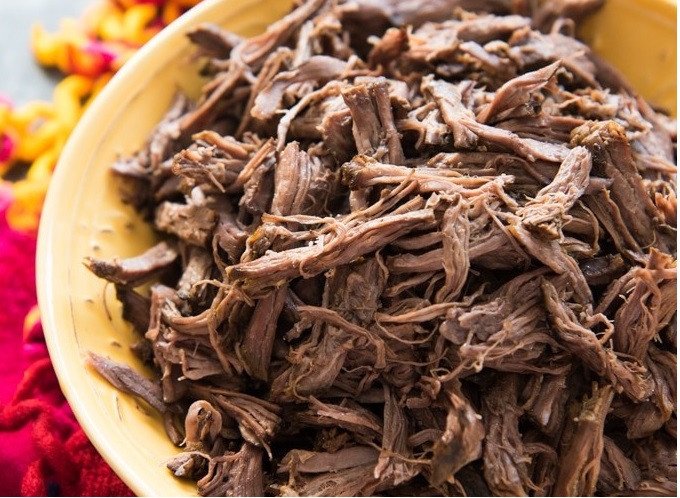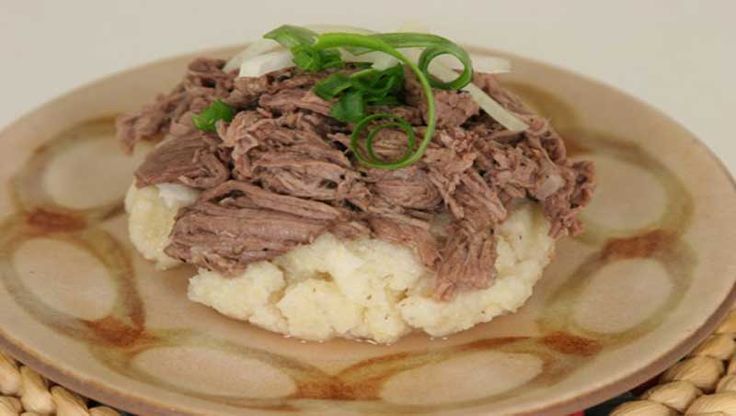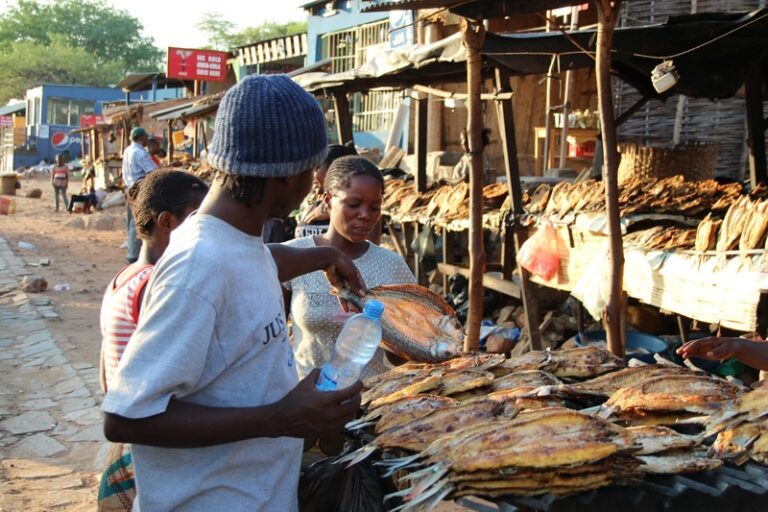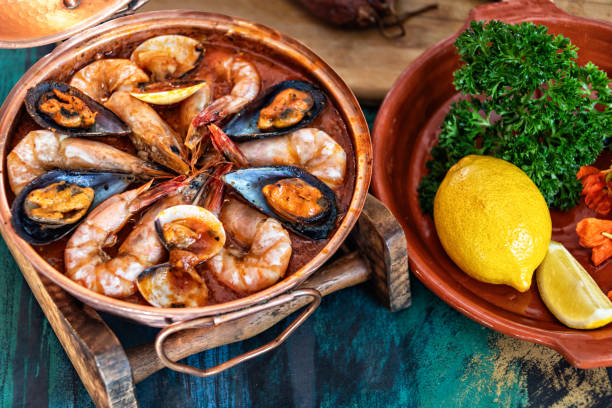Introduction: Botswana’s Culinary Traditions
Botswana is a landlocked country in southern Africa that boasts a rich culinary heritage. The country’s cuisine is characterized by its reliance on locally-grown ingredients and traditional cooking methods. Botswana’s cuisine is influenced by the cuisine of its neighboring countries, including South Africa, Zimbabwe, and Namibia.
Botswana’s cuisine is diverse and reflects the cultural heritage of its people. The country’s cuisine is a blend of traditional and modern dishes, and its influences range from indigenous to colonial. The country’s traditional dishes are still popular today, and they continue to be an important part of Botswana’s culinary landscape.
Botswana’s Staple Foods and Soups
In Botswana, the staple foods are sorghum, maize, and millet. These grains are used to make a wide variety of dishes, including porridge, bread, and beer. Meat, particularly beef, is also a key ingredient in many dishes. Botswana’s cuisine is known for its use of spices, including ginger, garlic, and chilli.
Soups are an important part of Botswana’s cuisine, particularly during the winter months. Soups are typically made with a variety of vegetables, meats, and grains. The soups are often thick and hearty, and they are considered a comfort food. Some of the most popular soups in Botswana include beef and vegetable soup, pumpkin soup, and bean soup.
The Role of Soups in Botswana Cuisine
Soups play an important role in Botswana’s cuisine. They are often served as a starter course and are believed to aid digestion. Soups are also believed to have healing properties and are used to treat a variety of ailments. In traditional Botswana culture, soups are often served to guests as a sign of hospitality.
In addition to their culinary and cultural significance, soups are also an important source of nutrition in Botswana. The country’s soups are often made with a variety of vegetables, meats, and grains, providing a balanced and nutritious meal.
Indigenous Ingredients in Botswana Soups
Botswana’s soups are made with a range of indigenous ingredients. These include morogo, which is a type of leafy green vegetable, and ditloo, which is a type of bean. Other ingredients commonly used in Botswana soups include pumpkin, squash, and sweet potato.
Meat, particularly beef, is also a key ingredient in many Botswana soups. The country’s beef is renowned for its quality and flavor, and it is often used to add richness and depth to soups.
Popular Traditional Botswana Soups
Some of the most popular traditional soups in Botswana include beef and vegetable soup, pumpkin soup, and bean soup. Beef and vegetable soup is made with beef, a variety of vegetables, and spices. Pumpkin soup is made with pumpkin, cream, and spices, while bean soup is made with ditloo beans, beef, and vegetables.
Other popular soups in Botswana include morogo soup, which is made with morogo leaves, and peanut soup, which is made with peanuts, vegetables, and spices.
Making Botswana Soups: Techniques and Methods
Botswana soups are typically made by simmering ingredients in a pot over low heat. The soups are often thickened with a starchy ingredient, such as maize meal or sorghum meal. Spices and herbs are added to give the soups flavor and depth.
Some soups, such as peanut soup, are made by grinding the peanuts into a paste and then adding them to the soup. Other soups, such as pumpkin soup, are pureed to create a smooth and velvety texture.
Regional Variations in Botswana Soups
There are regional variations in Botswana’s soups, with different regions using different ingredients and spices. In the north of the country, soups are often made with morogo leaves and beef, while in the south, soups are made with pumpkin and beans.
In addition to regional variations, there are also variations in the way soups are prepared. Some families may have their own secret recipes, passed down from generation to generation.
Conclusion: A Taste of Botswana’s Rich Culinary Heritage
Botswana’s cuisine is a reflection of its cultural heritage and the country’s reliance on locally-grown ingredients. Soups play an important role in Botswana’s cuisine, providing a nutritious and comforting meal.
With their use of indigenous ingredients and traditional cooking methods, Botswana soups are a testament to the country’s rich culinary heritage. Whether enjoyed as a starter or a main course, Botswana’s soups are a delicious and satisfying taste of the country’s diverse and flavorful cuisine.


